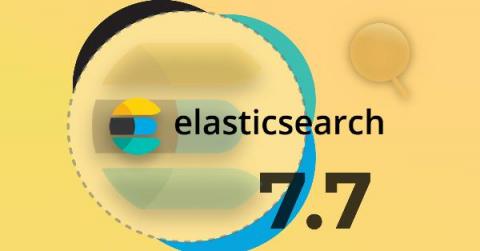Elasticsearch sniffing best practices: What, when, why, how
Elasticsearch powers search experiences for so many tools and apps used today, from operational analytics dashboards to maps showing the closest restaurants with patios so you can get out of the house. And in all of those implementations, the connection between application and cluster is made via an Elasticsearch client. Optimizing the connection between the client and the Elasticsearch cluster is extremely important for the end user’s experience.











